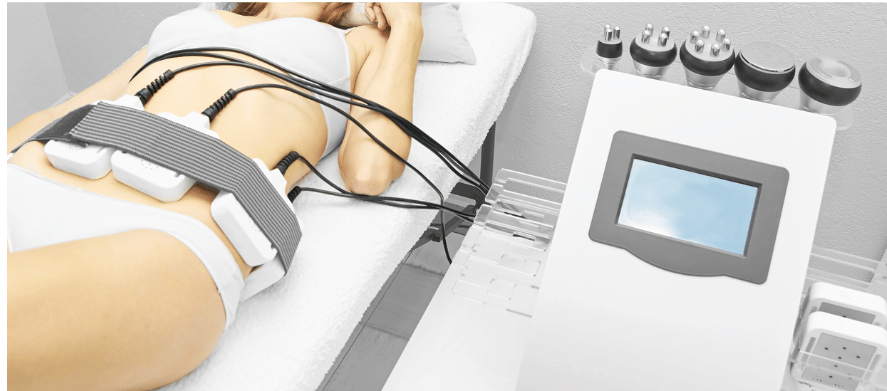
Image by Elena Safonova
Struggling with stubborn fat that won’t budge no matter how much you exercise or diet? Laser fat reduction, or laser lipolysis, offers a game-changing solution. Unlike traditional liposuction, which only reduces fat by about 14%, laser lipolysis can eliminate up to 24% in a quick, 25-minute session.
This non-invasive treatment targets fat cells, breaking them down so your body can naturally flush them out. With an impressive 85% success rate and a minimal complication rate of just 2.6%, it’s no wonder more people are choosing this option for targeted fat loss without the risks and downtime of surgery.
What is Laser Fat Reduction?
Laser fat reduction, or laser lipolysis, is a non-invasive cosmetic treatment designed to reduce stubborn fat in specific body areas using laser technology. It works by targeting and breaking down fat cells through controlled heat generated by the laser, which is then naturally eliminated by the body.
How Does Laser Fat Reduction Work?
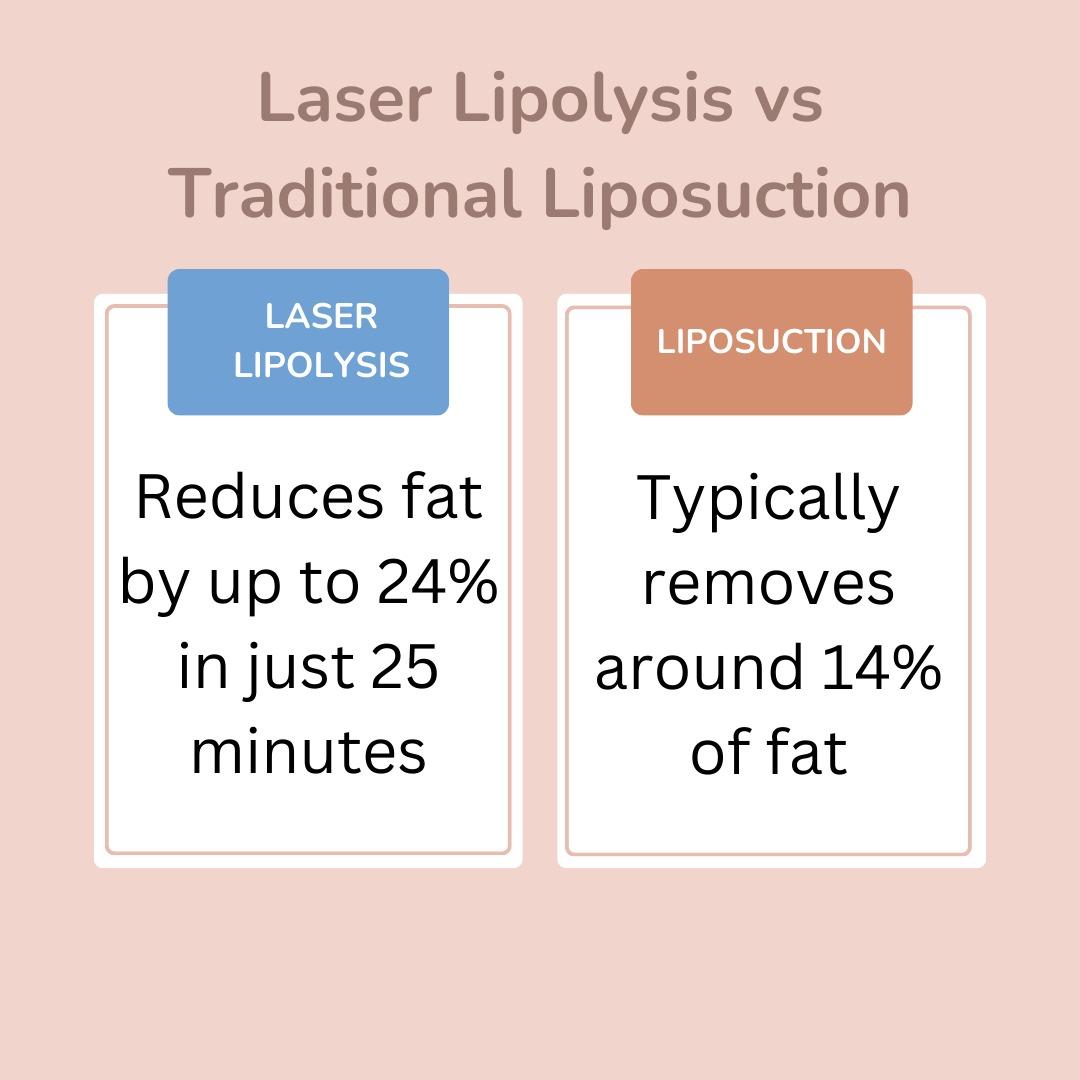
Source: verywell health
Laser fat reduction relies on focused laser energy to target fat cells beneath the skin. Here’s a step-by-step explanation of how the treatment works:
- Laser Energy Application: A handheld device delivers targeted laser energy to the skin during the procedure. The energy from the laser heats the fat cells in the treatment area, causing them to break down.
- Fat Cell Disruption: The laser’s heat disrupts the fat cells’ structure, causing them to rupture. The fat cells are then naturally broken down and absorbed by the body’s lymphatic system.
- Gradual Fat Reduction: Over time, the body flushes out the broken-down fat cells, gradually reducing fat volume in the treated area. Depending on the individual and the treated area, this process can take several weeks to months.
- Minimal Downtime: Laser fat reduction requires minimal downtime, unlike traditional liposuction or invasive surgeries. Most patients can return to normal activities within a day or two.
The Science Behind Laser Fat Reduction
Laser lipolysis utilizes specific light wavelengths (typically 1064 nm, 1,320 nm, and 1,440 nm) that target adipocytes (fat cells) while sparing other tissues. This is achieved through selective photothermolysis, which ensures that only the fat cells absorb enough energy to break down their structure.
- Fat Cell Destruction: Research shows that laser energy at these wavelengths penetrates the skin and selectively heats fat cells to a temperature range (approximately 42–47°C) that disrupts the fat cell membrane, causing it to rupture and release the stored fat.
- Cellular Response: The disruption of fat cells prompts a natural biological response. The body activates its waste removal systems to eliminate the broken-down fat. Over several weeks, this process results in visible fat reduction.
Types of Laser Fat Reduction Technologies
Technology | Laser Type | Wavelength | How It Works | Benefits | Limitations |
SmartLipo | Diode Laser | 1064 nm | Targets fat cells with a laser fiber for liquefaction. | Deep fat targeting, skin tightening, minimal recovery. | Multiple sessions needed, for those close to ideal weight. |
Zerona | Low-Level Laser Therapy (LLLT) | 650 nm | Non-invasive; fat cells release stored fat for metabolism. | No downtime, gradual fat loss, large areas. | Slower results, multiple treatments required. |
Liposonix | HIFU + Laser | N/A | Ultrasound and laser break down fat and tighten skin. | Deep fat targeting, one session, skin tightening. | Expensive, mild discomfort. |
SculpSure | Laser Lipolysis (Diode Laser) | 1060 nm | Heat from laser breaks down fat, permanently destroying cells. | Quick, non-invasive, permanent results. | Results take 6-12 weeks, best for mild fat. |
Contoura | Laser-Assisted Lipolysis | 1064 nm | Laser breaks down fat and tightens skin in small areas. | Precise, minimal recovery. | Limited to small areas, less effective for large fat. |
UltraShape Power | Ultrasound + Laser | N/A | Ultrasound liquefies fat, laser tightens skin. | Quick results, no downtime. | Multiple sessions needed for significant results. |
There are several laser fat reduction technologies, each with unique mechanisms and benefits. These technologies generally vary in the type of laser used, the method of fat cell disruption, and the associated effects on the skin. Below are some of the most widely used and studied laser fat reduction technologies:
SmartLipo
SmartLipo uses a diode laser to target and break down fat cells selectively. A laser fiber is inserted through a small cannula precisely under the skin. The laser heats and liquefies the fat cells, which the body removes or absorbs. This system is known for its ability to target deeper fat deposits compared to other noninvasive techniques.
Zerona
Zerona uses low-level laser therapy to reduce fat without invasive procedures. The lasers are aimed at fat cells, causing them to release their stored fat into the interstitial space, from where the body then metabolizes it. Unlike other treatments, Zerona does not involve heat, making it a gentler option.
Liposonix
While primarily based on ultrasound technology, Liposonix integrates laser energy to target and break down fat cells. The HIFU waves are focused on a specific layer of fat beneath the skin, heating the fat cells until they are destroyed. The added laser component provides additional support in contouring and skin tightening.
SculpSure
SculpSure uses a diode laser to target and heat fat cells at a precise temperature (around 42°C). This heat energy breaks down the fat cells without harming surrounding tissue. The system can be customized to treat various body areas, such as the abdomen, love handles, back, and thighs.
Contoura
Contoura uses laser-assisted lipolysis to target and break down fat cells. The energy from the laser is absorbed by the fat cells, causing them to break down. This technology is often used in areas where other fat-reduction methods, such as the chin or underarms, may be less effective. Additionally, the laser helps to tighten the skin in treated areas.
UltraShape Power
UltraShape Power combines ultrasound energy with laser light to break down fat cells. The ultrasound waves target and liquefy fat while the laser energy tightens the skin. The body’s natural metabolic processes gradually eliminate the liquefied fat.
Comparing Laser Fat Reduction to Other Fat Loss Treatments
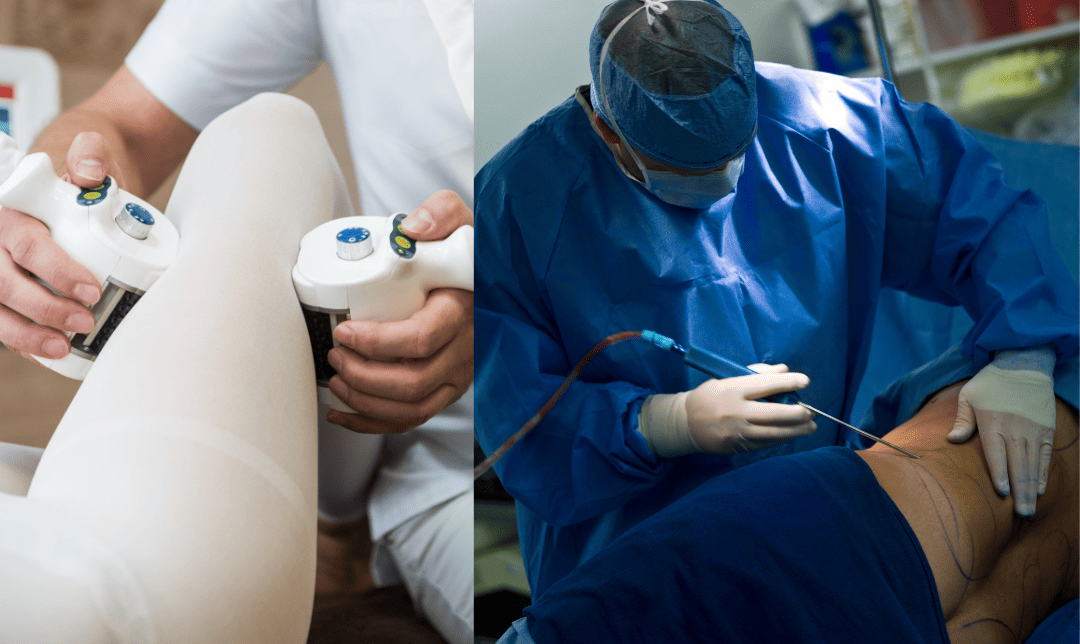
Images by rusak & Juanmonino
Laser fat reduction offers a non-invasive alternative to traditional fat loss methods like liposuction and non-surgical fat reduction treatments like CoolSculpting. Here’s how it stacks up against other standard fat-loss methods:
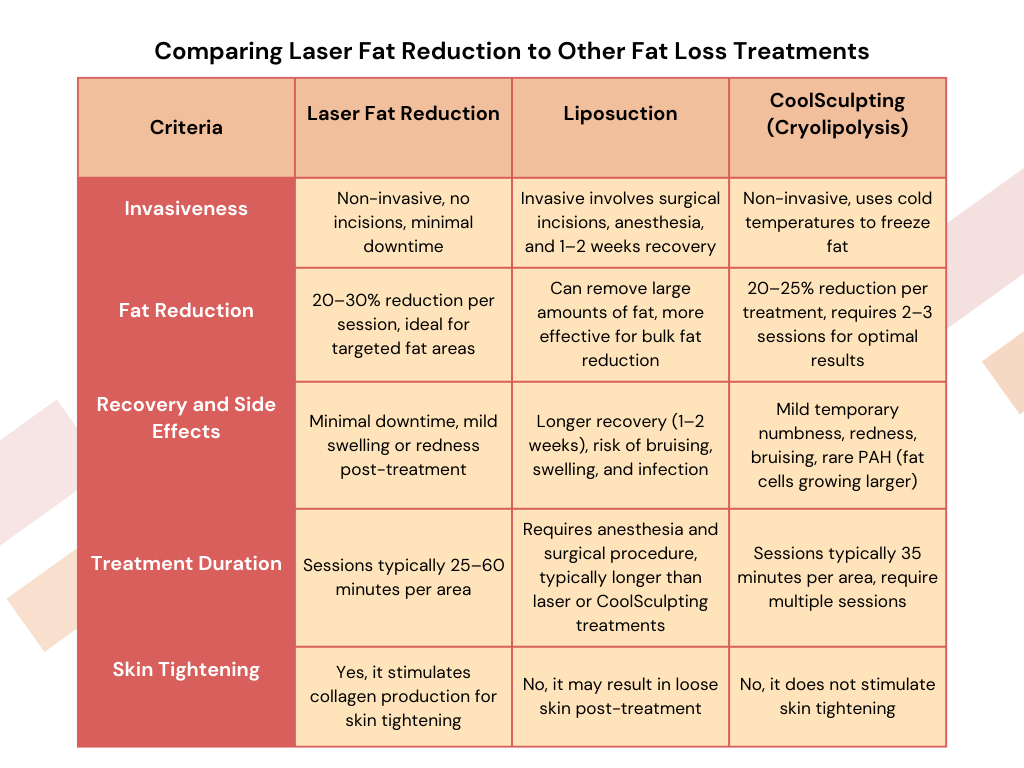
Benefits of Laser Fat Reduction
Laser fat reduction offers several key benefits, making it a popular choice for individuals seeking body contouring solutions without invasive surgery:
- Non-invasive: No needles, incisions, or anesthesia required. There’s no need for recovery or downtime, allowing patients to resume normal activities shortly after treatment.
- Targeted Fat Removal: Laser treatments are exact, targeting specific fat areas such as the abdomen, thighs, flanks, arms, and under the chin, making it ideal for body sculpting and contouring.
- Skin Tightening: Many laser technologies, such as SculpSure and SmartLipo, also stimulate collagen production, leading to firmer, tighter skin in the treated area, which can improve skin appearance and reduce sagging.
- Permanent Results: Once fat cells are destroyed through laser lipolysis, they cannot regenerate, meaning the results are permanent as long as a healthy lifestyle is maintained.
- Minimal Side Effects: Unlike liposuction, there is a much lower risk of complications, infections, or prolonged swelling. Side effects are usually limited to mild redness or swelling, which subside within a few hours to a few days.
- Minimal Downtime: Most treatments are quick, and there’s little to no recovery period, allowing patients to return to their daily routines almost immediately.
- Improved Confidence: Targeting stubborn fat areas that don’t respond to diet and exercise can significantly boost a person’s self-confidence and body image.
Who is a Good Candidate for Laser Fat Reduction?
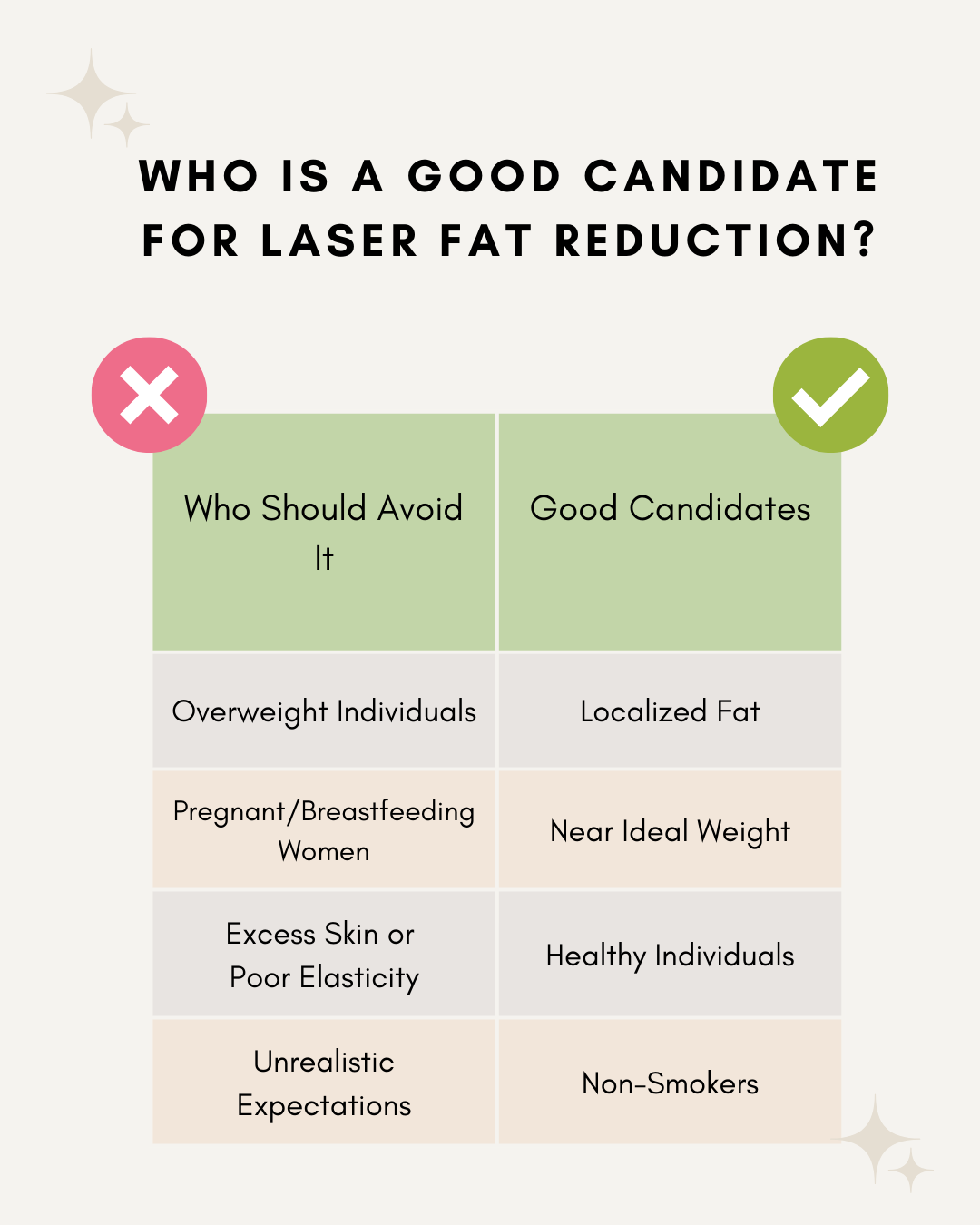
Only some people are suitable for this treatment. Below are the key factors that help determine if you are a good candidate for laser fat reduction:
Good Candidates
- Localized Fat: Best for individuals with specific pockets of fat resistant to diet and exercise.
- Near Ideal Weight: Ideal candidates are within 20-30 pounds of their target weight and have good skin elasticity.
- Healthy Individuals: Those in good health with no chronic conditions like heart disease or diabetes.
- Non-Smokers: Smoking impairs healing and recovery, so non-smokers are more likely to see optimal results.
- Body Contouring Needs: Suitable for body sculpting rather than significant weight loss.
Who Should Avoid It
- Overweight Individuals: Not recommended for those significantly overweight or obese, as it’s not a weight-loss treatment.
- Pregnant/Breastfeeding Women: Safety during pregnancy and breastfeeding has not been fully established.
- Excess Skin or Poor Elasticity: As the procedure primarily targets fat, satisfactory results may be required for individuals with loose skin.
- Medical Conditions: Those with conditions affecting circulation or wound healing (e.g., diabetes, liver/kidney disease) should avoid the treatment.
- Unrealistic Expectations: Laser lipolysis offers gradual results and is not intended for dramatic changes.
Consulting a professional is crucial to determine whether laser fat reduction is appropriate based on individual health and goals.
Is Laser Fat Reduction Painful?
Laser fat reduction is generally not painful, though the level of discomfort can vary depending on the individual’s pain tolerance and the specific device used.
Most patients describe the sensation during the procedure as a warm, tingling, or mild heating feeling in the treated area. This warmth is due to the laser energy targeting the fat cells, which is typically tolerable for most people. Some people liken it to the sensation of a heating pad or sunburn. Generally, any discomfort is mild and temporary, often dissipating as soon as the treatment ends.
Modern laser systems often incorporate cooling mechanisms or skin-cooling devices that reduce the discomfort during the procedure. Some providers may also apply a topical numbing cream to the treated area before the session to minimize sensation.
The procedure is well-tolerated for most patients, and anesthesia is unnecessary. Any discomfort felt during the session is short-lived.
How Long Do Results Last?
Laser fat reduction offers lasting results with proper maintenance. However, the longevity of results depends on several factors, including the amount of fat removed, the individual’s lifestyle, and how well the body maintains the fat loss over time.
Many patients experience noticeable results up to 3-6 months after treatment, with improvements continuing as the body flushes out the treated fat. Long-term results are best maintained with healthy habits.
Maintaining Results
To prolong the results of laser fat reduction, it is crucial to maintain a healthy lifestyle:
- Diet: Focus on a balanced, nutrient-dense diet that supports fat metabolism. Reducing intake of processed foods, sugary drinks, and high-calorie meals can prevent new fat accumulation.
- Exercise: Regular exercise, mainly cardio and strength training, helps maintain the metabolic rate and keeps fat from returning. Aim for at least 3-4 days of moderate activity per week.
- Hydration: Staying hydrated helps flush out toxins and fat from the body while promoting healthy skin.
Side Effects and Risks of Laser Fat Reduction
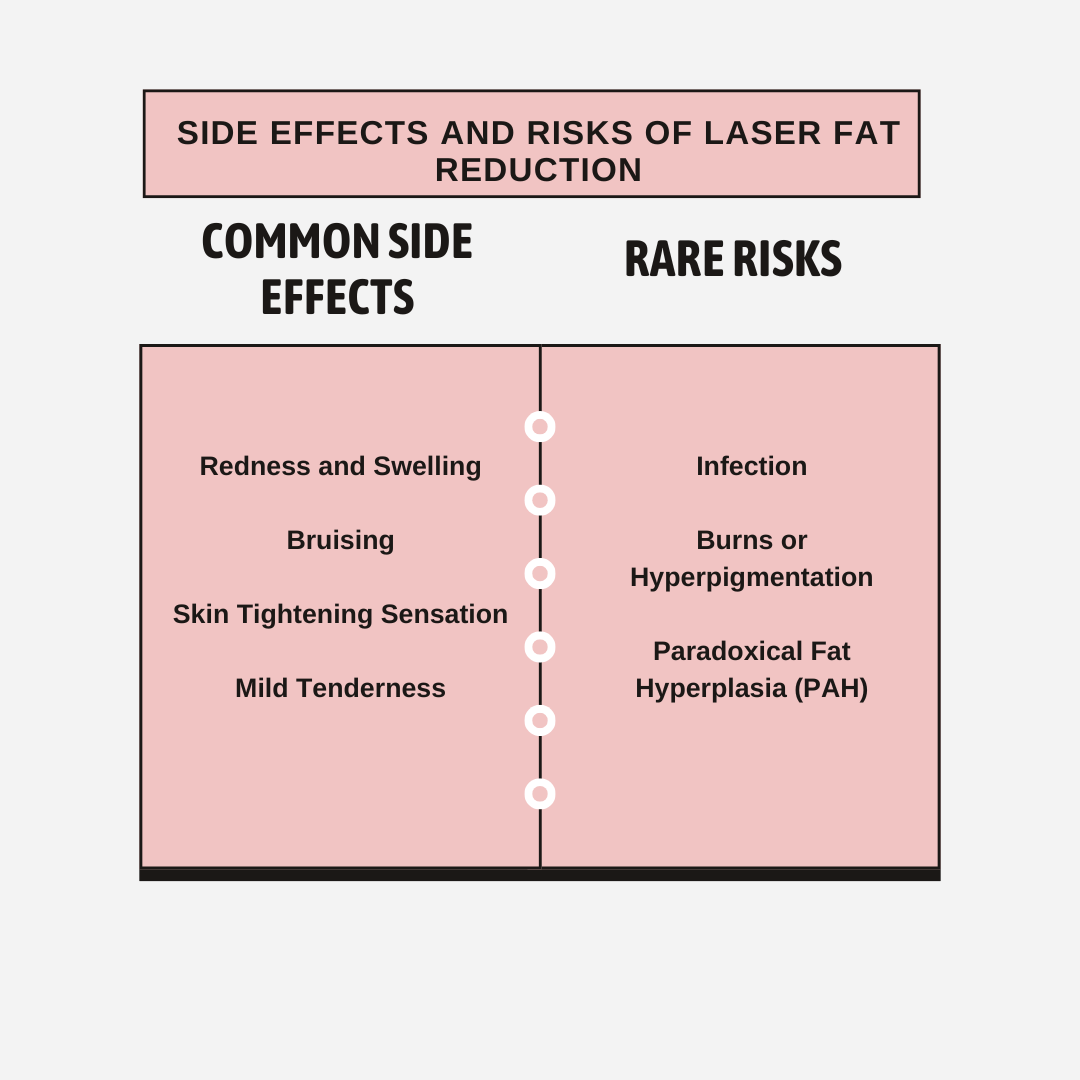
While laser fat reduction (laser lipolysis) is generally considered safe and minimally invasive, there are potential side effects and risks to be aware of. Most of these are mild and temporary, but understanding them can help you make an informed decision.
Common Side Effects
- Redness and Swelling: Mild redness or swelling in the treated area is common. This typically resolves within a few hours to a day after the procedure.
- Bruising: Some patients may experience mild bruising, especially if the treated area is more sensitive. This generally fades within a few days.
- Skin Tightening Sensation: As the laser stimulates collagen production, some people may feel tightness in the skin, which usually disappears after a few days.
- Mild Tenderness: There may be slight discomfort or tenderness in the treated area, similar to the feeling of a sunburn. This typically subsides within 24 to 48 hours.
Rare Risks
- Infection: Though rare, any cosmetic treatment carries a small risk of infection, especially if post-treatment care instructions are not followed.
- Burns or Hyperpigmentation: In sporadic cases, the skin may burn due to excessive heat, or some patients may experience temporary changes in skin pigmentation.
- Paradoxical Fat Hyperplasia (PAH): A very rare side effect, particularly associated with some fat-reduction technologies, where fat cells may grow more prominent instead of shrinking.
Precautions
- Always choose a qualified, experienced practitioner to minimize risks.
- Follow all post-treatment care instructions to ensure a smooth recovery and optimal results.
Cost of Laser Fat Reduction
The cost of laser fat reduction can vary depending on several factors, but generally, each session ranges from $1,500 to $4,000 per treatment area. The exact price is determined by the size of the area treated and the technology used. Most patients require 2 to 3 sessions to achieve optimal results, which means the total cost could range from $3,000 to $12,000 for complete treatment.
Insurance: Laser fat reduction is typically not covered by insurance, as it is considered a cosmetic procedure rather than a medically necessary treatment. Insurance providers often exclude treatments designed for aesthetic purposes, even if they involve medical-grade technology.
Several factors can impact the cost of the procedure:
- Location: Prices tend to be higher in metropolitan areas or regions with a high cost of living.
- Practitioner Expertise: Highly experienced practitioners or renowned clinics may charge more for their expertise.
- Technology Used: The specific laser technology can affect pricing, with newer or advanced devices typically costing more.
How to Choose the Right Laser Fat Reduction Clinic
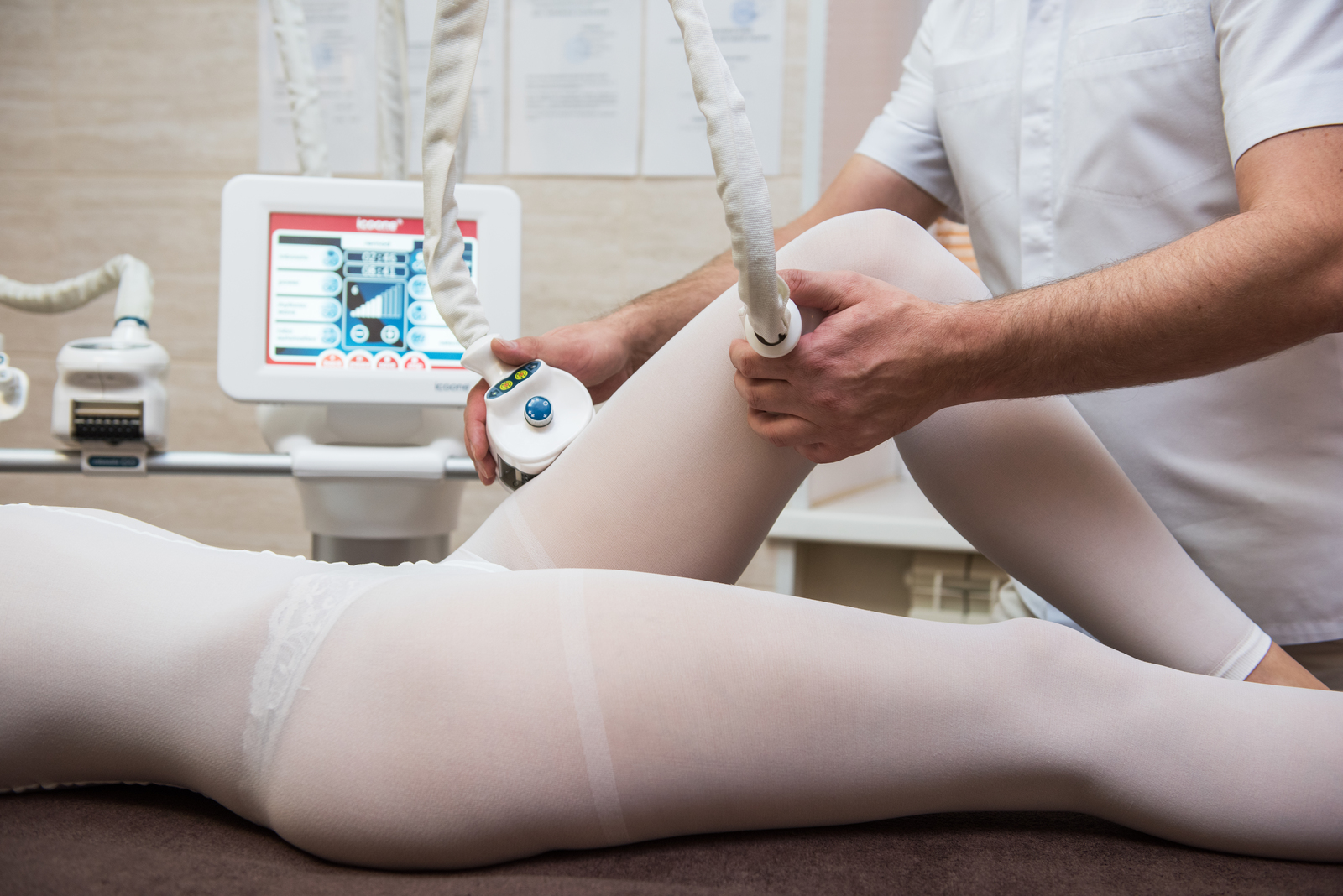
Image by rusak
When selecting a clinic for laser fat reduction, consider the following factors to ensure safety and quality results:
- Certifications and Experience: Ensure the practitioner is experienced, certified, and licensed in using laser technology for fat reduction. Look for reviews or testimonials from past clients.
- Technology: Ask about the specific laser equipment they use and whether it’s up-to-date with the latest advancements in the field.
- Consultation: A reputable clinic will offer a thorough consultation to assess your body type and goals. Avoid clinics that promise unrealistic results.
- Cleanliness and Professionalism: The clinic should maintain high standards of cleanliness and provide a professional environment.
- Before and After Photos: Request before-and-after photos of previous patients to gauge the clinic’s effectiveness.
- Pricing Transparency: Ensure the clinic provides clear and transparent pricing, including any additional costs for follow-up treatments.
How Many Sessions of Laser Fat Reduction Are Needed?
Typically, 2 to 3 sessions of laser fat reduction are required to achieve optimal results. However, this can vary based on the treatment area, the amount of fat, and the desired outcome. Each session targets fat in a gradual process, and multiple sessions may be spaced 4 to 6 weeks apart for the best effects.
Can I See the Results Immediately After the Treatment?
No, the results of laser fat reduction are gradual. While you may notice some initial changes after a few weeks, the full effects typically appear 6 weeks after treatment and continue to improve over the next 3 months as the body eliminates the broken-down fat cells.
Does Laser Fat Reduction Work on the Abdomen?
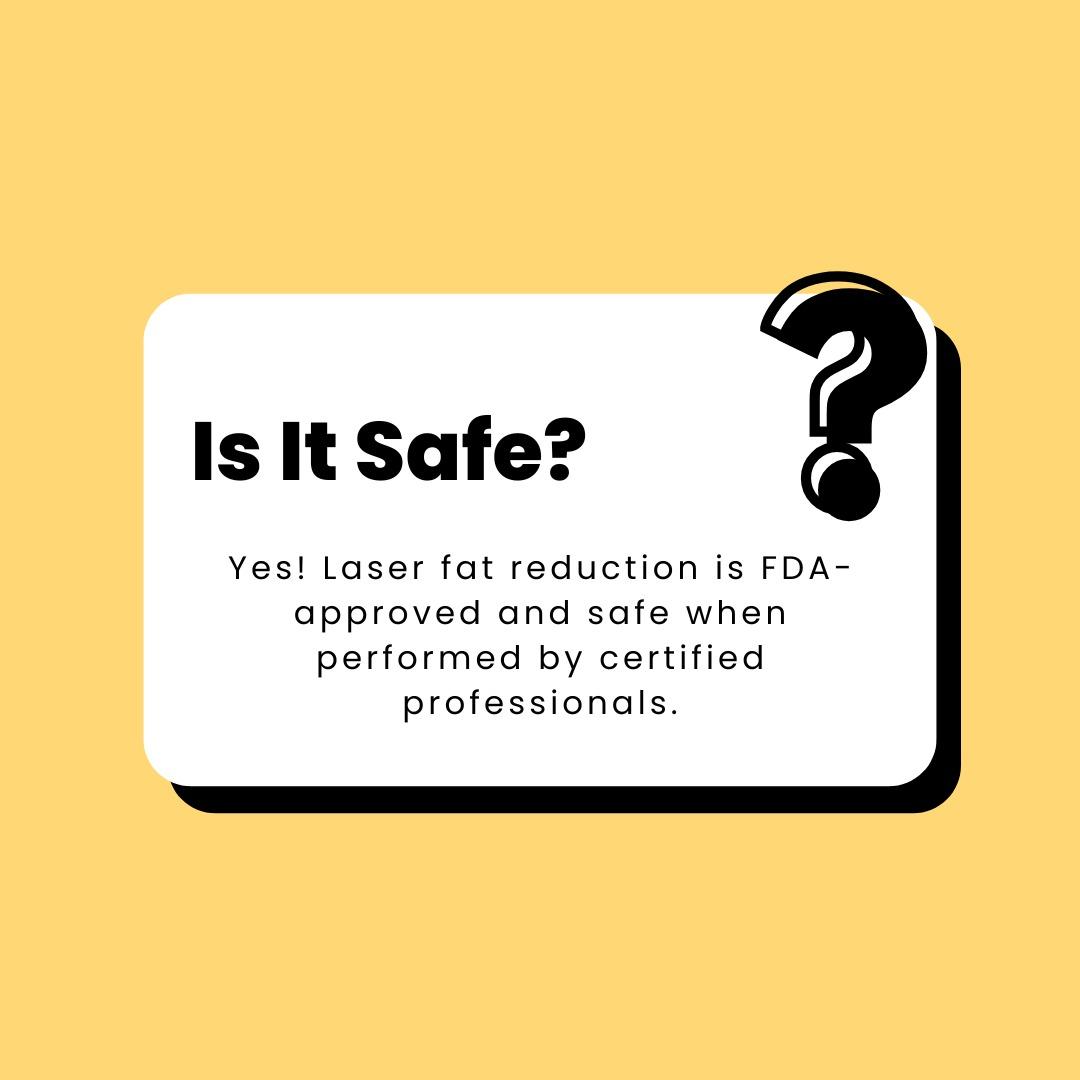
Yes, laser fat reduction is effective on the abdomen and other areas with stubborn fat deposits. The abdomen is one of the most common treatment areas for fat reduction procedures, and laser lipolysis can target localized fat for contouring and shaping.
What Areas of the Body Can Be Treated With Laser Fat Reduction?
Laser fat reduction can be used in a variety of areas, including:
- Abdomen
- Thighs (inner and outer)
- Love handles (flanks)
- Chin and neck (double chin)
- Upper arms
- Back (bra bulge)
- Knees It’s effective for localized fat areas, where diet and exercise may not be as effective.
How Much Fat Can Be Removed With a Laser?
Laser fat reduction can remove about 20-30% of the fat in the treated area per session. The results are gradual, with fat broken down over time and naturally eliminated by the body. The amount of fat reduced depends on the size of the treatment area, the technique used, and the individual’s body response.

